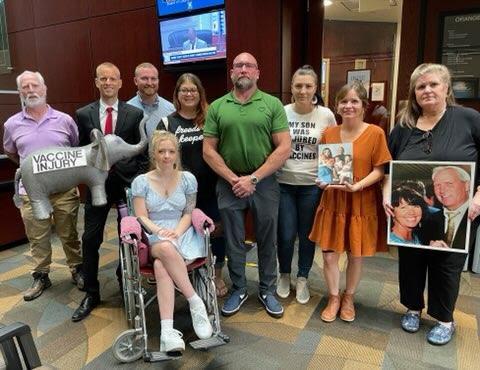Fort Lauderdale, Florida–For more than 70 years, a group of wild monkeys has been thriving in a thick mangrove forest near one of the busiest airports in the state of Florida.
In the late 1940s, about a dozen vervet monkeys made a “jailbreak” from their cages at a local chimp farm and escaped into the wilds of Dania Beach. The farm, originally called the Anthropoid Ape Research Foundation (AARF), was owned and operated by Leila Roosevelt and Armand Dennis, and served as both a zoo and a research facility. The research facility housed primates imported from Africa that served as subjects in the development of the polio vaccine, tuberculosis, and other diseases. It was sold in 1951 and made into a roadside primate attraction, then sold again in the 1970s to Florida Power and Light.




